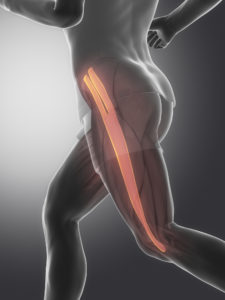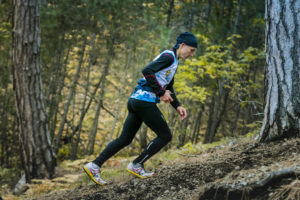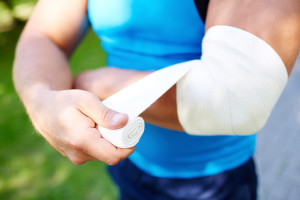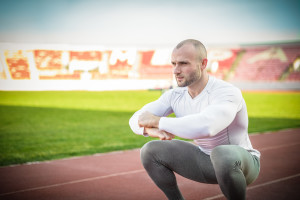Last week I discussed how where possible we want to keep your desired activities in your routine. This might be running, squatting, cycling this part doesn’t really matter rather it is the concept of making your rehab as relevant as possible.
Last October I was looking for a way to incorporate more movement/exercise into my week. I would generally run twice a week and lift twice so I was looking for an easy movement session and decided on GMB’s Elements program. This is a basic movement program that I felt I could do on the days I was looking after my wee boy when he went for a nap. Continue reading “Capacity and Performance: How much can you do before it hurts? An example”





